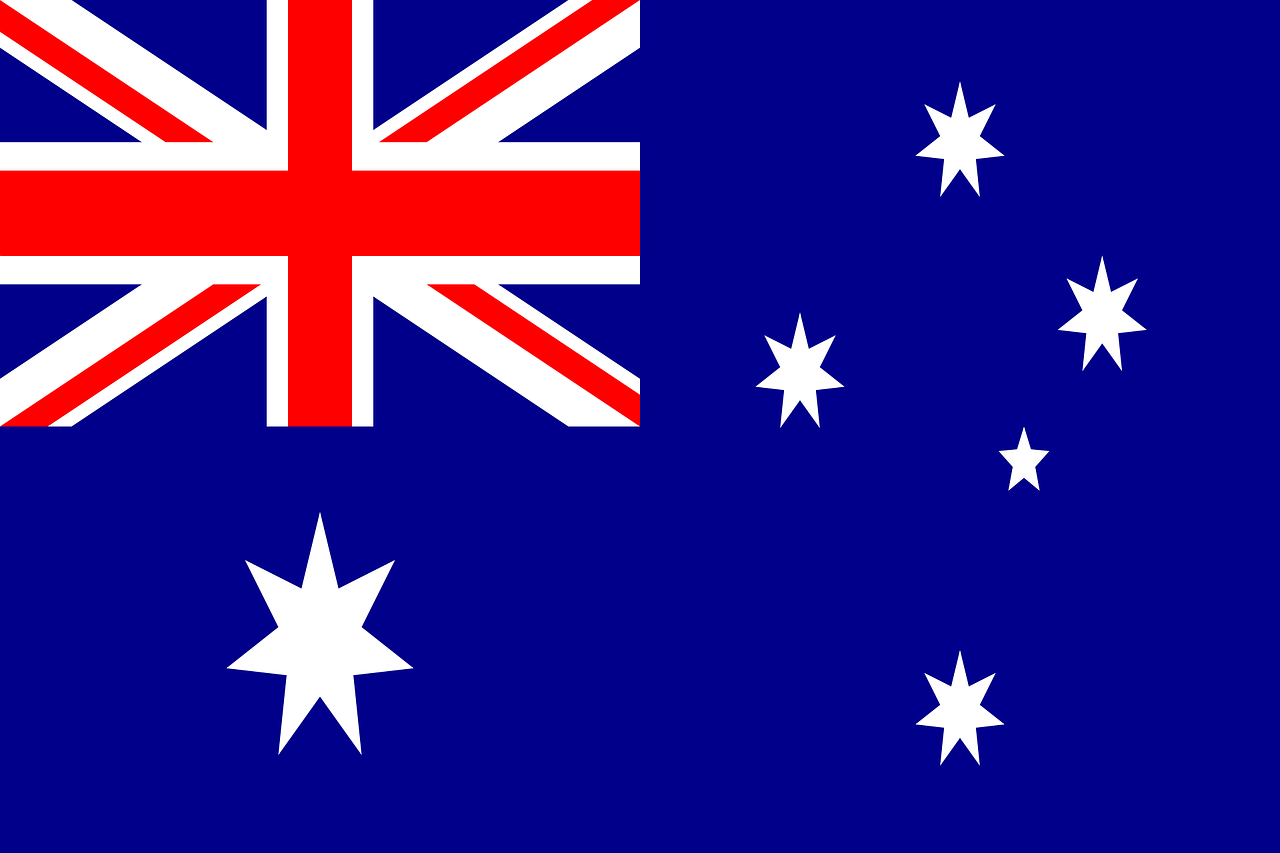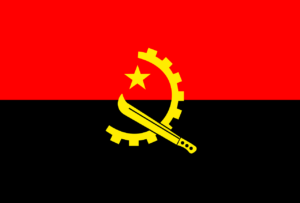Basic Facts
Capital
Canberra
Population
25,935,000
Area
Total 7,692,024 km2 (2,969,907 sq mi) (6th) Water (%) 1.79 (as of 2015)[6
Religion
2.1% Christianity 30.1% No religion 2.6% Islam 2.4% Buddhism 1.9% Hinduism 0.5% Sikhism 0.4% Judaism 0.4% Others[N 3]
National Language
English
Currency
Australian dollar ($) (AUD)
Time Zone
UTC+8; +9.5; +10 (Various[N 4]) Summer (DST) UTC+8; +9.5; +10; +10.5; +11 (Various[N 4])
Date Format
dd/mm/yyyy
Driving Side
Left
Calling Code
+61
ISO 3166 Code
AU
Internal TLD
au
Demonyms



